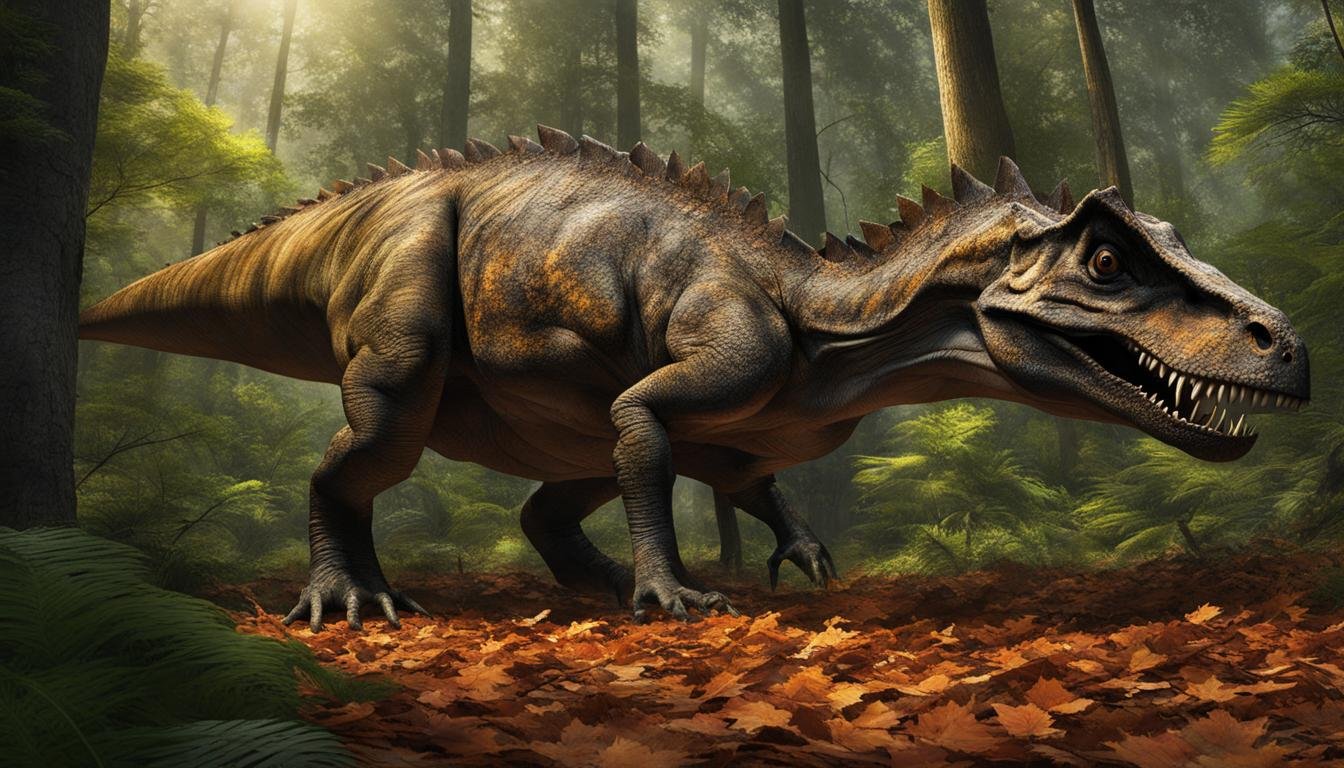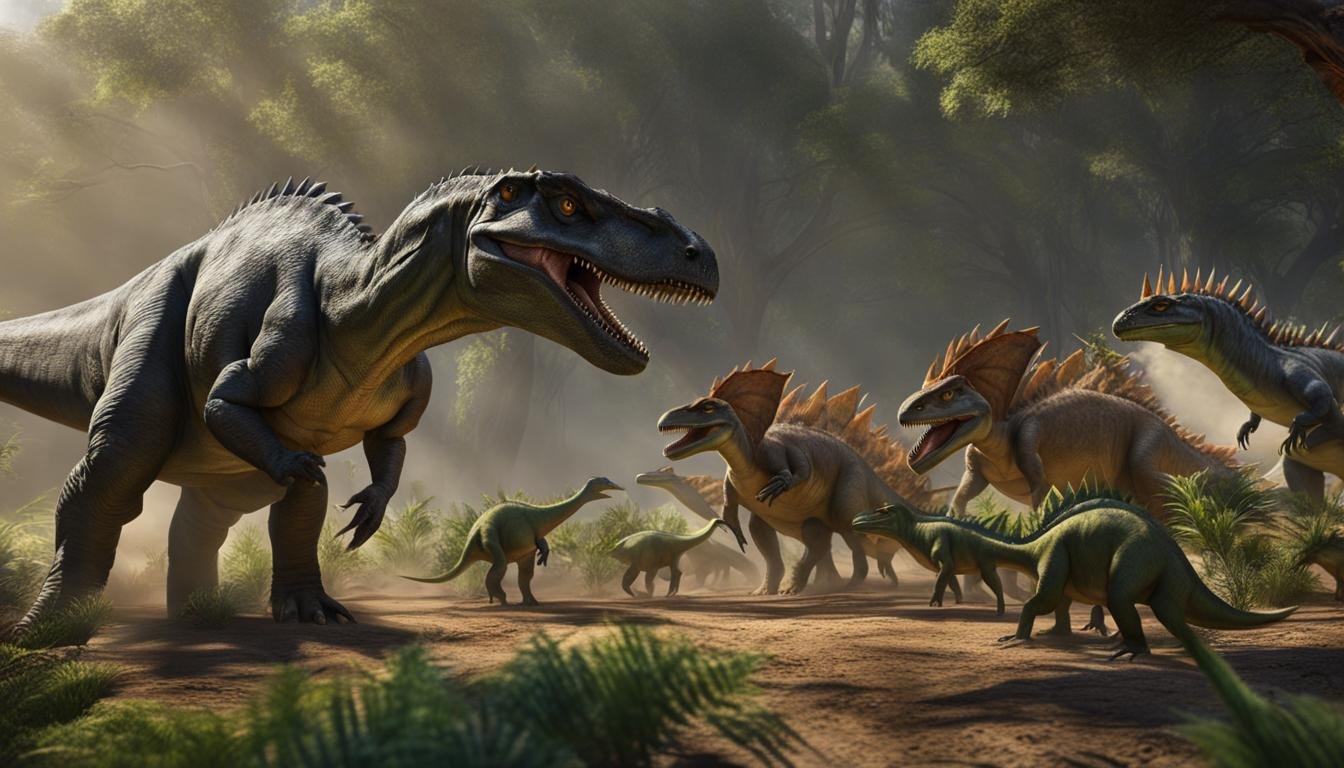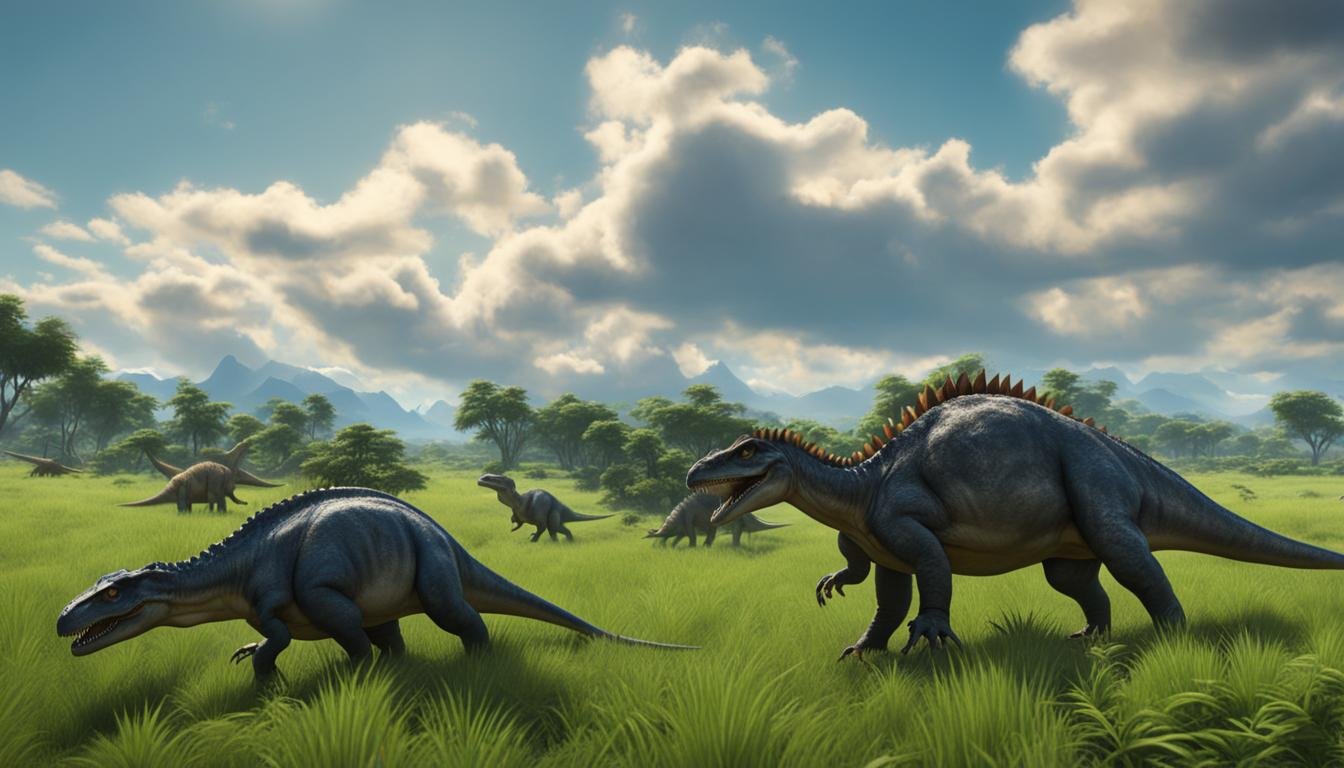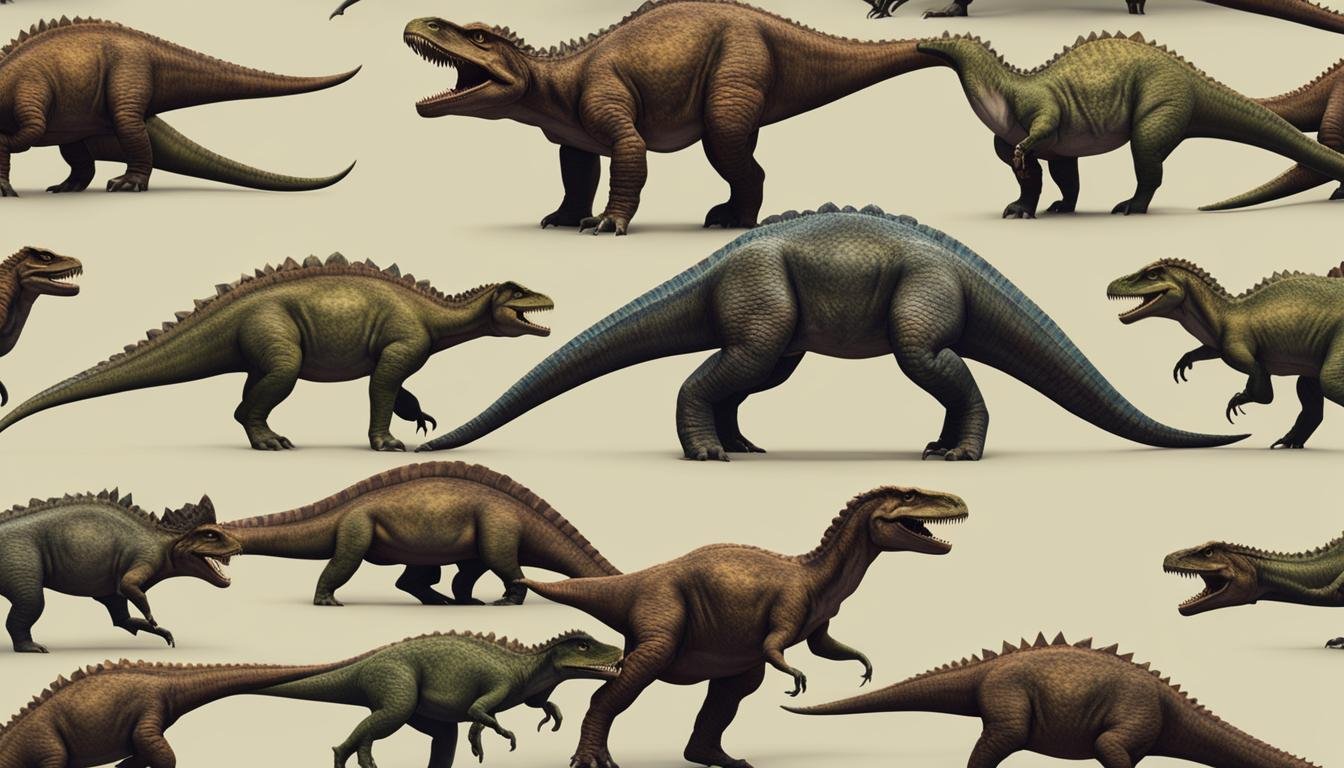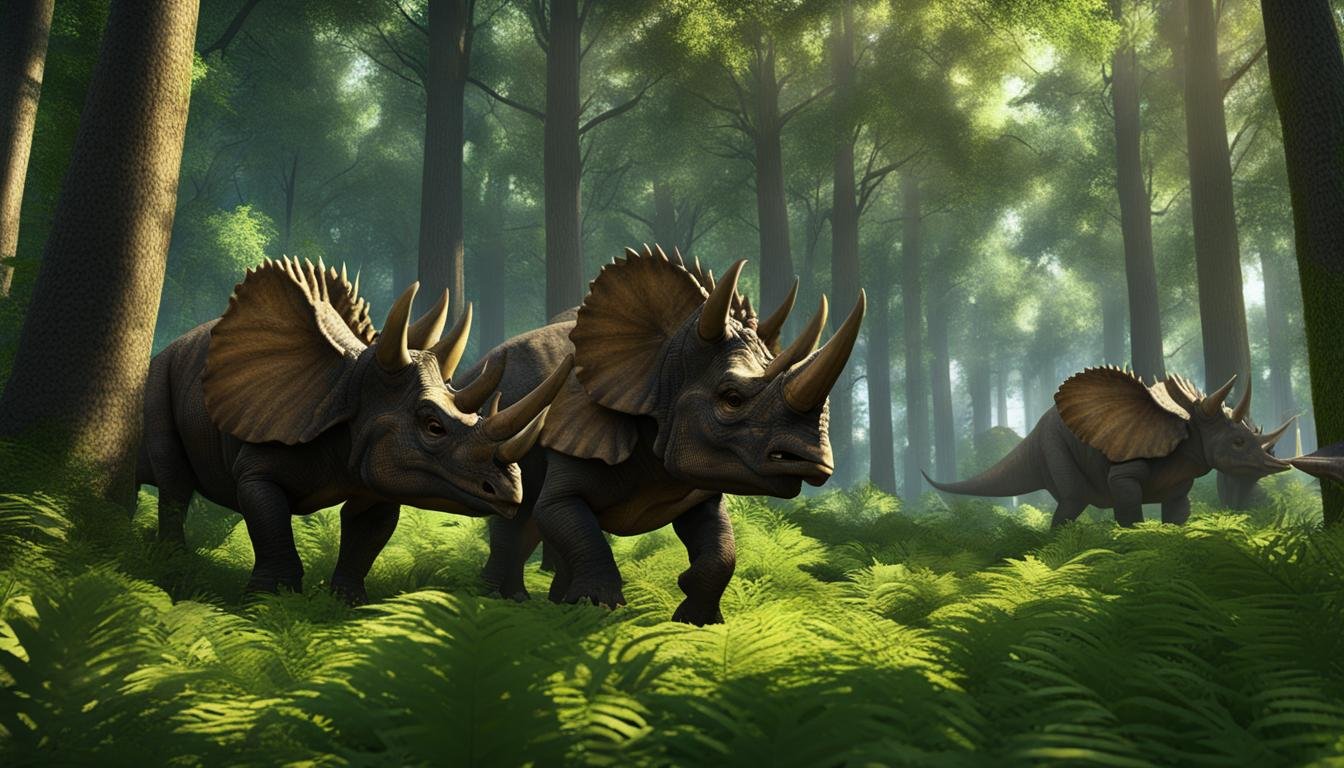Delve into the fascinating world of dinosaur sensory perception and cognition, and uncover how these prehistoric creatures experienced the world around them. Recent research has provided compelling insights into the senses, cognitive abilities, and brain development of dinosaurs. By analyzing fossilized skulls with CT scanning technology, scientists have made remarkable discoveries about dinosaur vision, hearing, smell, taste, and touch. These sensory adaptations played a vital role in shaping dinosaur behavior, communication, and survival strategies.
| Main Point | Description |
|---|---|
| Insights into Sensory Perception and Cognition | Studying dinosaur sensory perception and cognition sheds light on their behavioral patterns and survival tactics. |
| CT Scans Reveal Sensory Details | CT scanning of fossilized dinosaur skulls provides information about their vision, hearing, smell, taste, and tactile senses. |
| Visual Capabilities of Dinosaurs | Dinosaurs had varied visual capabilities, some with the ability to perceive a broader color spectrum than humans. |
| Importance of Hearing | Good hearing was a crucial sensory ability for dinosaurs, essential for detecting prey and effective communication. |
| Role of Smell and Taste | The senses of smell and taste were vital for dinosaurs in locating food and identifying potential threats. |
Dinosaur Vision: A Window to the Prehistoric World
Vision played a crucial role in the lives of dinosaurs, influencing their behavior and interactions with the environment. Different dinosaur species had varied visual capabilities based on the size, shape, and placement of their eyes on the skull. For example, the forward-facing eyes of Tyrannosaurus rex provided binocular vision for depth perception during predation, while Pachycephalosaurs had eyes placed on the sides of their heads, prioritizing peripheral vision.
Dinosaurs likely possessed tetrachromatic vision, allowing them to perceive a broader range of colors than humans and potentially see ultraviolet light. This enhanced color perception aided in hunting, communication, and navigation. The ability to differentiate between various shades of colors would have been advantageous for dinosaurs in locating sources of food and identifying potential threats in their environment.
“Dinosaur vision played a significant role in their hunting strategies, allowing them to spot prey from a distance and accurately judge distances for successful attacks,”.
In addition, the structure and orientation of the eyes on the dinosaur skull provided valuable insights into their visual hunting strategies. Predatory dinosaurs with forward-facing eyes, such as Velociraptors, had a greater ability to focus on a single target, while herbivorous dinosaurs with eyes positioned on the sides of their heads had a wider field of view to detect potential threats. These adaptations in visual capabilities and hunting strategies contributed to the survival and success of different dinosaur species.
Dinosaur Visual Capabilities
| Dinosaur Species | Visual Adaptations | Hunting Strategies |
|---|---|---|
| Tyrannosaurus rex | Forward-facing eyes for binocular vision and depth perception | Active predator, relying on accurate visual targeting for successful predation |
| Triceratops | Forward-facing eyes and a wide field of view for both predator and threat detection | Defensive behavior and visual awareness to avoid predators |
| Stegosaurus | Eyes positioned on the sides of the head for panoramic vision | Early warning system to detect potential threats from multiple directions |
Dinosaur Hearing: Listening to the Prehistoric Soundscape
Good hearing was vital for the survival of many dinosaur species, as accurate sound detection could make the difference between finding prey or becoming prey. CT scanning has revolutionized our understanding of dinosaur hearing capabilities. Dinosaurs likely had external ear openings rather than protruding structures, similar to modern birds and reptiles. Their hearing range encompassed low-frequency sounds produced by fellow dinosaurs and high-frequency noises emitted by insects or small mammals.
Vocalizations played a crucial role in dinosaur communication, attracting mates, establishing dominance, and warning of danger. The cochlear duct in the inner ear was specialized for different frequency ranges across various dinosaur species, reflecting their adaptations to different environments and ecological niches in the prehistoric soundscape.
“Dinosaur vocalizations were a key aspect of their social behavior,” says Dr. Lisa Jenkins, paleontologist at the Museum of Natural History. “By analyzing the structure of their inner ears and comparing them to living animals, we can make educated guesses about the types of sounds and calls they were capable of producing.”
Understanding dinosaur hearing not only provides insights into their ability to communicate but also sheds light on their prey detection techniques. Some dinosaur species, like the Struthiomimus, had highly developed hearing abilities that allowed them to locate small insect prey through subtle sounds. Other predatory dinosaurs relied on their acute hearing to detect the movements of potential prey, giving them a hunting advantage in their prehistoric environment.
Dinosaur Hearing Range Comparison
| Dinosaur Species | Hearing Range |
|---|---|
| Tyrannosaurus rex | Low-frequency sounds (5 Hz – 1,000 Hz) |
| Velociraptor | High-frequency sounds (1,000 Hz – 20,000 Hz) |
| Ankylosaurus | Infrasound detection (below 20 Hz) |
| Stegosaurus | Differentiated frequency sensitivity for threat detection |
The table above illustrates the hearing range of several dinosaur species, highlighting their adaptations to specific auditory environments. By studying the structure and functionality of dinosaur ears, scientists can piece together a more comprehensive understanding of how these ancient creatures experienced and responded to the prehistoric soundscape.
Dinosaur Smell and Taste: Sensory Superpowers of the Ancient World
Smell and taste were critical senses for dinosaurs, enabling them to locate food sources, detect predators, and communicate within their species. The olfactory system in dinosaurs involved structures similar to those found in modern animals, with the olfactory bulb playing a central role in processing scent information.
Different dinosaur species had varying olfactory capabilities, with some possessing a large number of olfactory receptor genes for tracking prey or discerning edible vegetation. For example, the Carnotaurus, known for its keen sense of smell, could detect the scent of carcasses from miles away, enabling it to scavenge for food effectively. On the other hand, herbivorous dinosaurs like Triceratops likely relied on their olfactory abilities to identify and select suitable vegetation to consume.
“Dinosaurs had an acute sense of smell that allowed them to navigate their environment and locate food sources,” explains Dr. Sarah Johnson, a paleontologist specializing in dinosaur sensory perception. “Their olfactory adaptations provided them with a unique advantage for survival in the ancient world.”
Taste, on the other hand, is more challenging to study due to the lack of fossilized soft tissues. However, the shape of dinosaur skulls and comparisons to modern birds offer insights into their potential sense of taste. The presence of well-developed vomeronasal organs, commonly associated with the detection of chemical cues, suggests that dinosaurs may have had a sophisticated taste system.
The combination of their olfactory and taste abilities likely influenced dinosaur food detection and selection, contributing to their diverse feeding behaviors. Ongoing research in this field aims to uncover more details about the sensory adaptations that allowed dinosaurs to navigate and thrive in their ancient world.
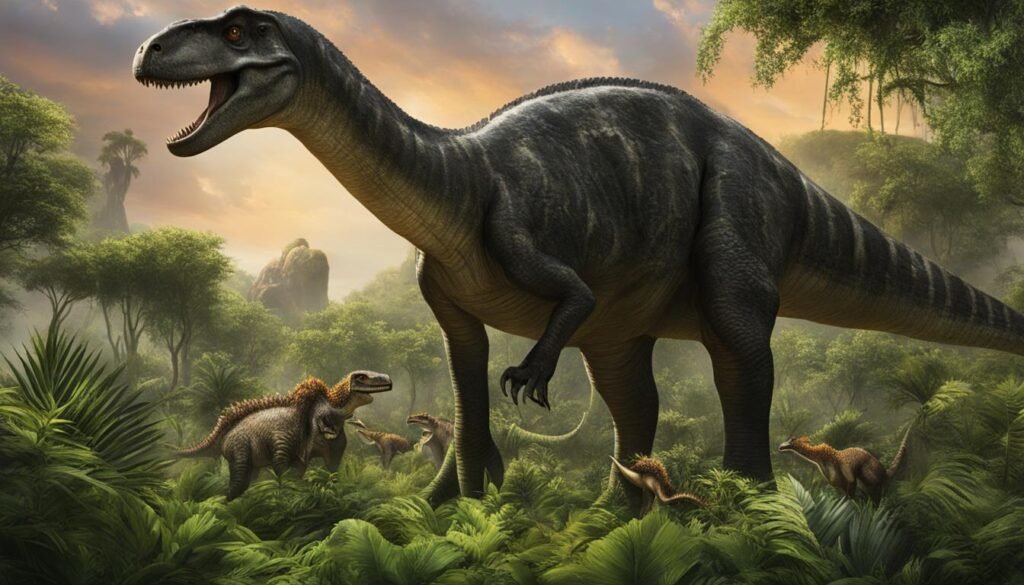
Dinosaur Olfactory Abilities
| Dinosaur Species | Olfactory Adaptations |
|---|---|
| Tyrannosaurus rex | Possessed a large number of olfactory receptor genes for tracking prey |
| Carnotaurus | Had a keen sense of smell, allowing it to detect carcasses from miles away |
| Triceratops | Relying on olfactory abilities to identify and select suitable vegetation |
Conclusion
The study of dinosaur sensory perception and cognition provides valuable insights into the behavior, communication, and survival strategies of these ancient creatures. Through advanced imaging techniques and analysis of fossilized remains, scientists have discovered remarkable details about dinosaur vision, hearing, smell, taste, and touch.
These sensory adaptations shaped how dinosaurs perceived and interacted with their environment, influencing their hunting strategies, communication methods, and responses to threats. Vision played a crucial role in the lives of dinosaurs, with different species having varied visual capabilities based on their eye placement and structure.
Good hearing was vital for the survival of many dinosaur species, allowing for accurate sound detection and communication. Smell and taste were critical senses, enabling dinosaurs to locate food sources, detect predators, and communicate within their species. These sensory adaptations greatly influenced dinosaur evolution, feeding behaviors, and interactions with their environment.
Further research in this field will continue to uncover new discoveries and deepen our understanding of the intriguing sensory world of dinosaurs, shedding light on their remarkable abilities and providing us with a glimpse into the prehistoric era.

